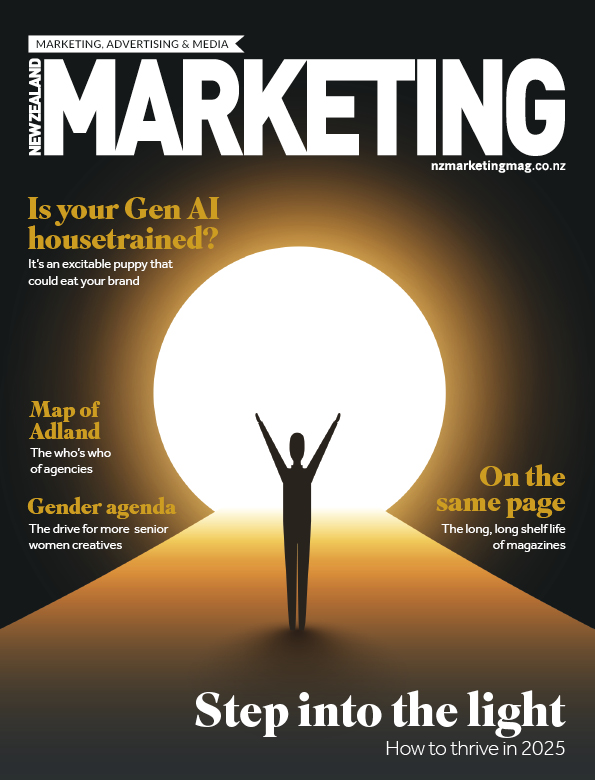Marketers are winning with out of home advertising, but are they missing the bigger picture? Gary Rosewarne of Vast Billboards says it’s time to look beyond metro areas.
Everyone loves a comeback story, and out of home advertising has a better one than most. This media channel had a terrible time during the pandemic. With much of New Zealand staying at home for months under lockdown, expensive OOH inventory went unseen – heavily impacting publishers and marketers.
Fast forward a few years and, in an industry where most budgets have remained flat for the past 12 months, OOH is seeing consistent growth.
As a result, marketers are increasingly recognising the enduring power of OOH advertising, fuelling its impressive recovery and sustained growth. In today’s fragmented media landscape, the ability to reach broad, diverse audiences has become more valuable than ever. OOH stands out as one of the last true broadcast channels capable of delivering scale.
Overexposed in the city?
But while the strength of OOH in a tough media market is clear, there have been challenges when it comes to optimising reach without over-indexing on frequency. A key issue lies in the fact that much of the large-format inventory is concentrated in central metro zones. This can lead to repetitive exposure in core areas – potentially at the expense of wider audience coverage.
To truly unlock OOH’s potential, it’s essential to expand the footprint beyond the inner cities. This approach not only broadens audience access but also helps strike a more effective balance between reach and frequency, maximising the overall impact of OOH campaigns.
Leading OOH suppliers have recognised the cannibalisation of inventory occurring within major metro areas. Now they are actively expanding their presence into wider suburban and regional markets. As a result, we’ve witnessed significant improvements in both the scale and quality of inventory in these areas, with continued growth and evolution expected.
When assessing the opportunity across the North and South Islands, it’s important to take a closer look at the population distribution between the two. In the North Island, roughly 80% of the population lives in metro areas, with about 60% concentrated in Auckland alone.
In the South Island however, a larger portion of the population is spread across regional areas. Around 60% live in Christchurch and Dunedin, with the remaining 40% in the regions.
While the inner city areas of our largest urban centres are key, only a segment of the total population regularly commutes to these zones.

Underserved equals better cut-through
Starting OOH strategies in these primary metro markets is essential, but to fully maximise its reach potential, expanding into suburban and regional areas is critical.
Regional areas are rich with untapped potential. They are home to substantial communities, many of which are underserved by national brands and have growing economic power and influence.
Marketers benefit from the fact that these audiences live in environments with less advertising clutter, which allows for better cut-through.
Regional residents often have a deep connection to their communities, fostering strong brand loyalty. They are more inclined to support brands that actively engage with their local area, as they value trust and familiarity. Furthermore, these consumers typically travel greater distances within their towns or cities, presenting opportunities for increased reach, frequency and engagement.
Many regional areas are also experiencing growth in tourism, housing and local business development, with people moving out of cities in search of more affordable lifestyles. These shifts mean these communities are not static – they are evolving rapidly, with new infrastructure, businesses and opportunities that provide fertile ground for brand engagement.
As OOH advertising continues to evolve, it’s clear that its comeback is far from over. In a fragmented media landscape, its value is undeniable. By tapping into its wider potential, marketers can build stronger, more resilient strategies that reach consumers wherever they are, securing a lasting impact that extends well into the future.







